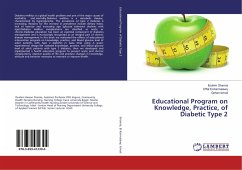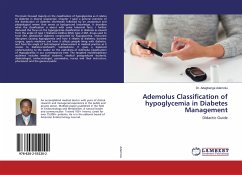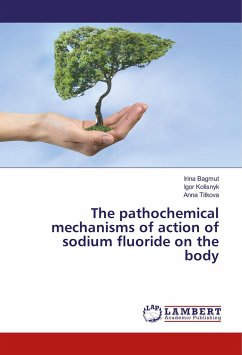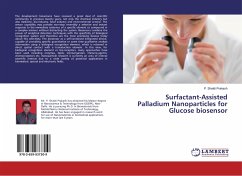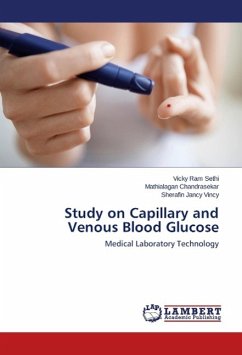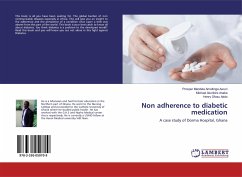Diabetes mellitus is one of the major diseases found worldwide and Blood glucose determination is one of the most common clinical diagnostic tests performed and therefore, accurate and precise measurement of blood glucose is of great importance in the diagnosis and management of diabetes. The most common glycolytic inhibitor used in blood collection containers is sodium fluoride. But how effective it is in preserving blood glucose? What impact it generates on diabetic diagnosis? Former studies have proved it is inefficient in this regard. So the question is: what are the other suitable alternatives we have in order to prevent this drawback? This book concentrates on the effectiveness of sodium fluoride and one of the newly emerged techniques 'the acidification of blood samples' and their potential impacts on diabetic diagnosis. Our aim is to propose a simple and more effective alternative for sodium fluoride by which there could be a better preservation of blood glucose and reliable diagnosis of diabetes and prediabetes in near future.


